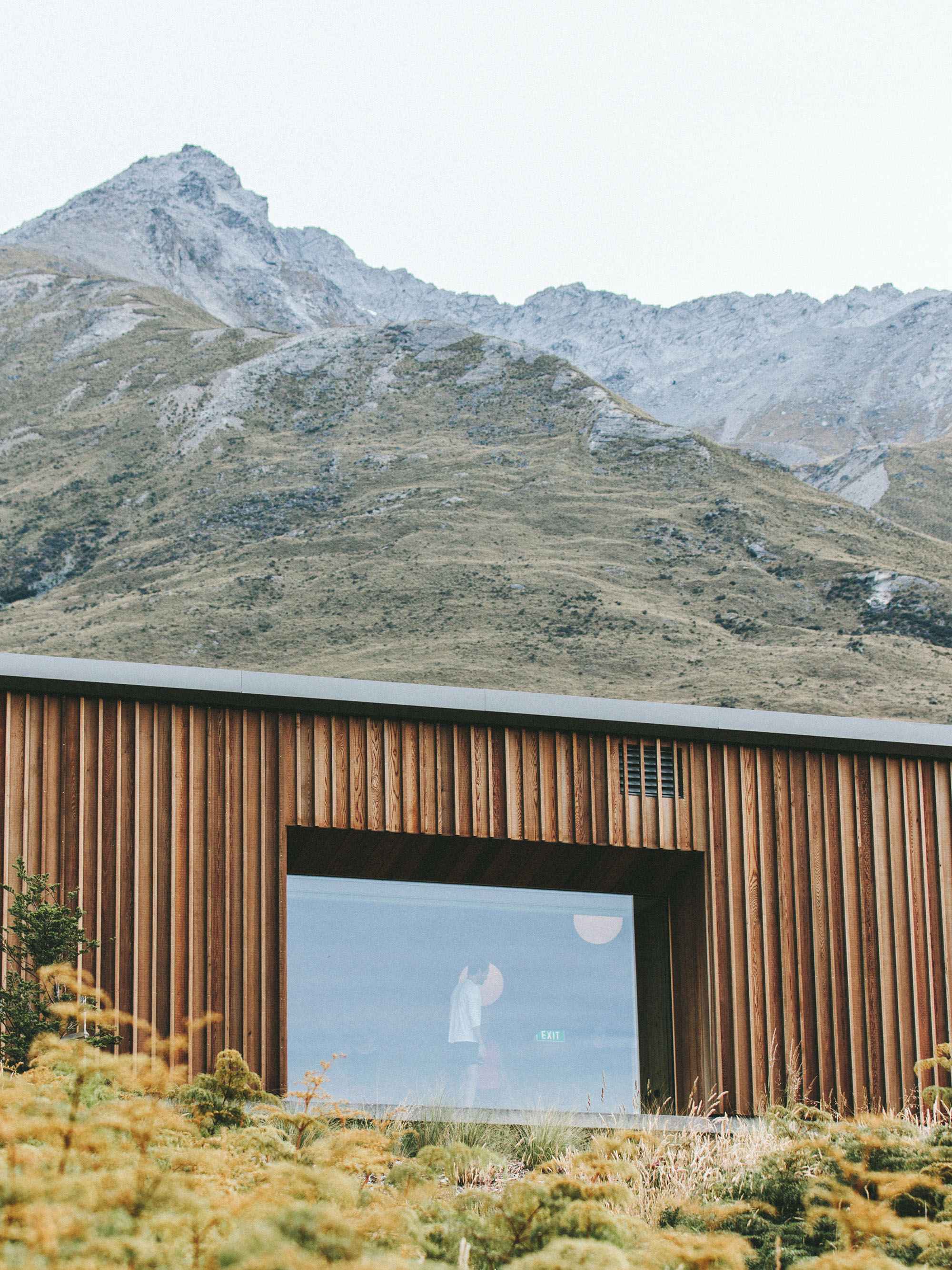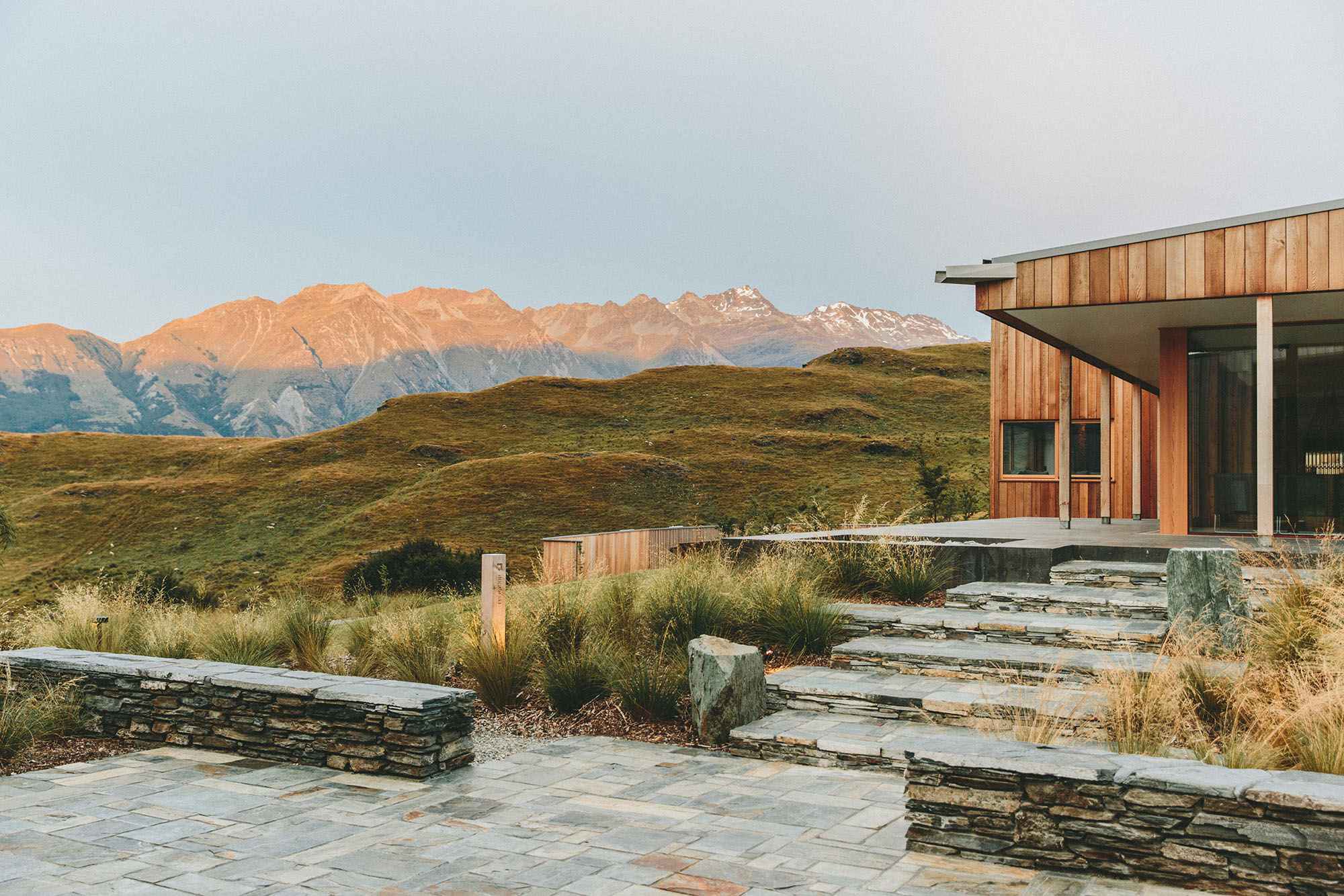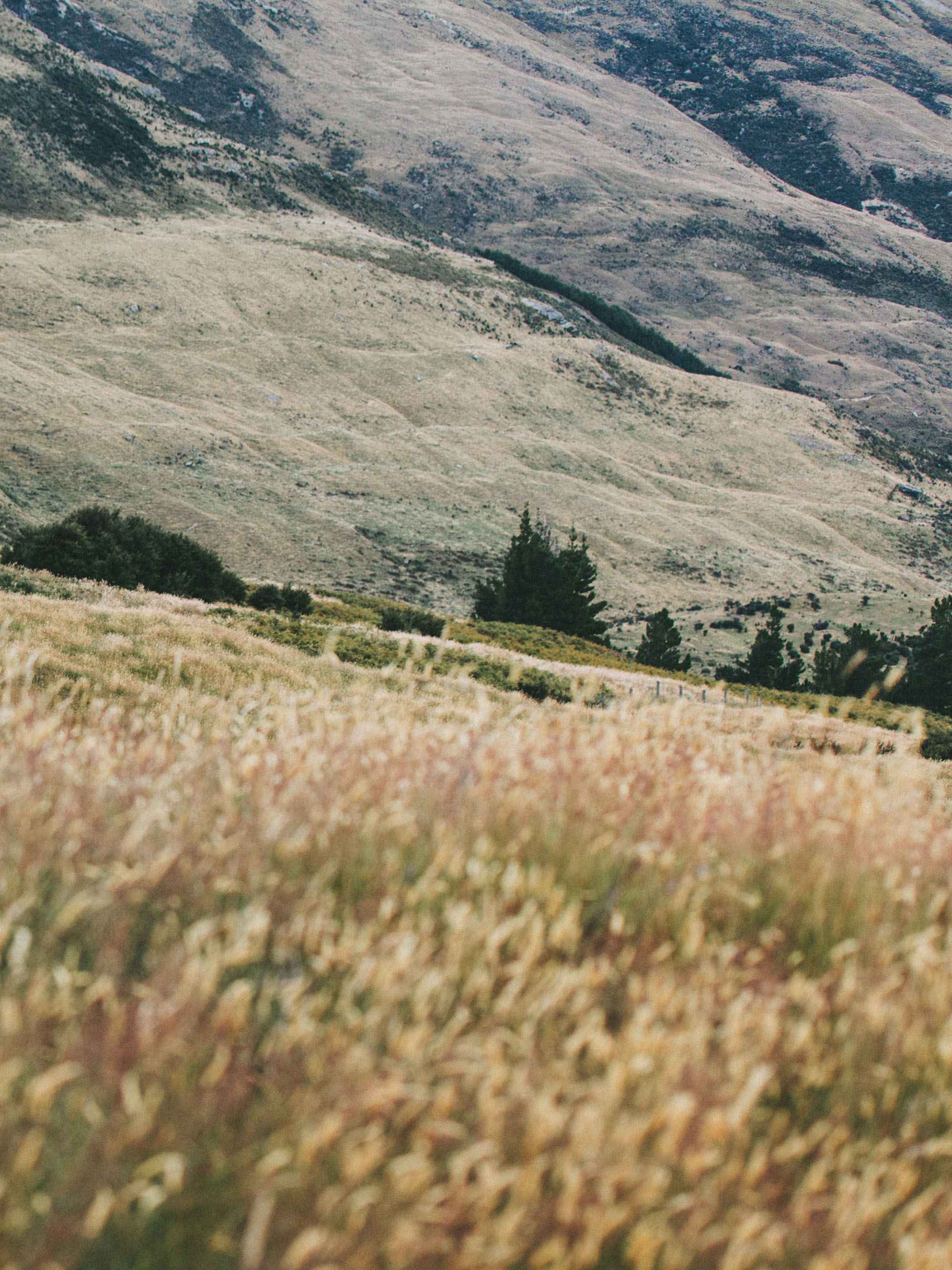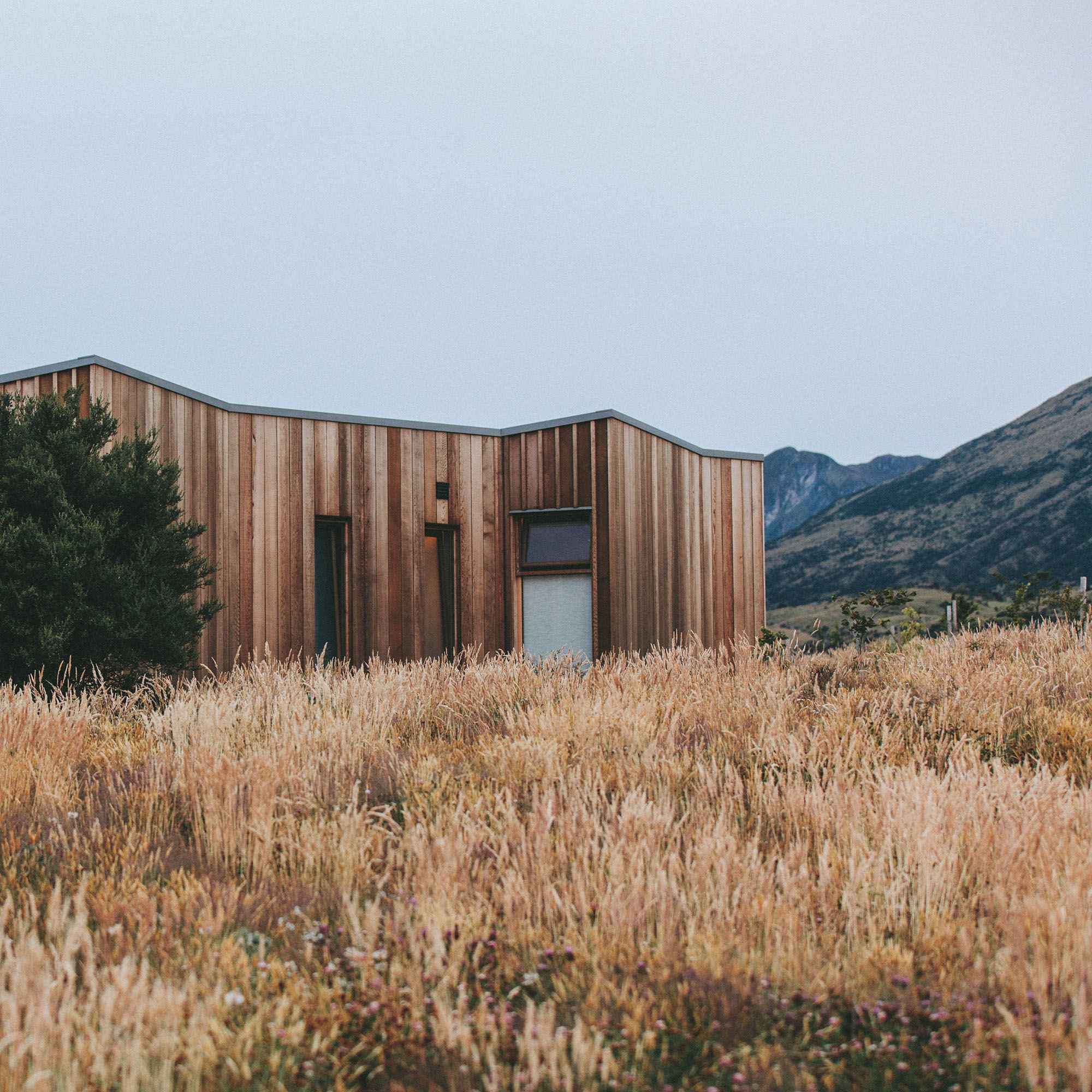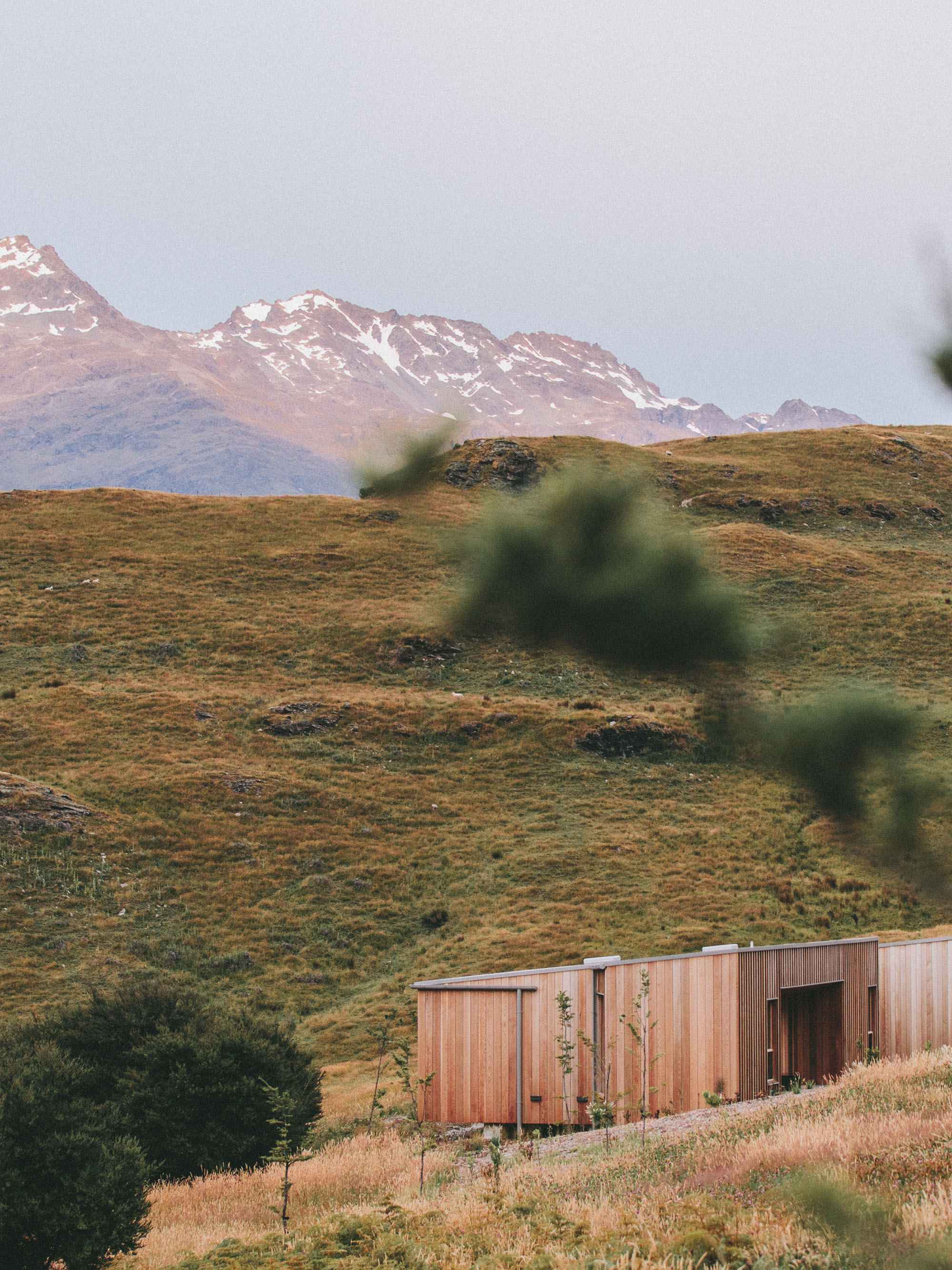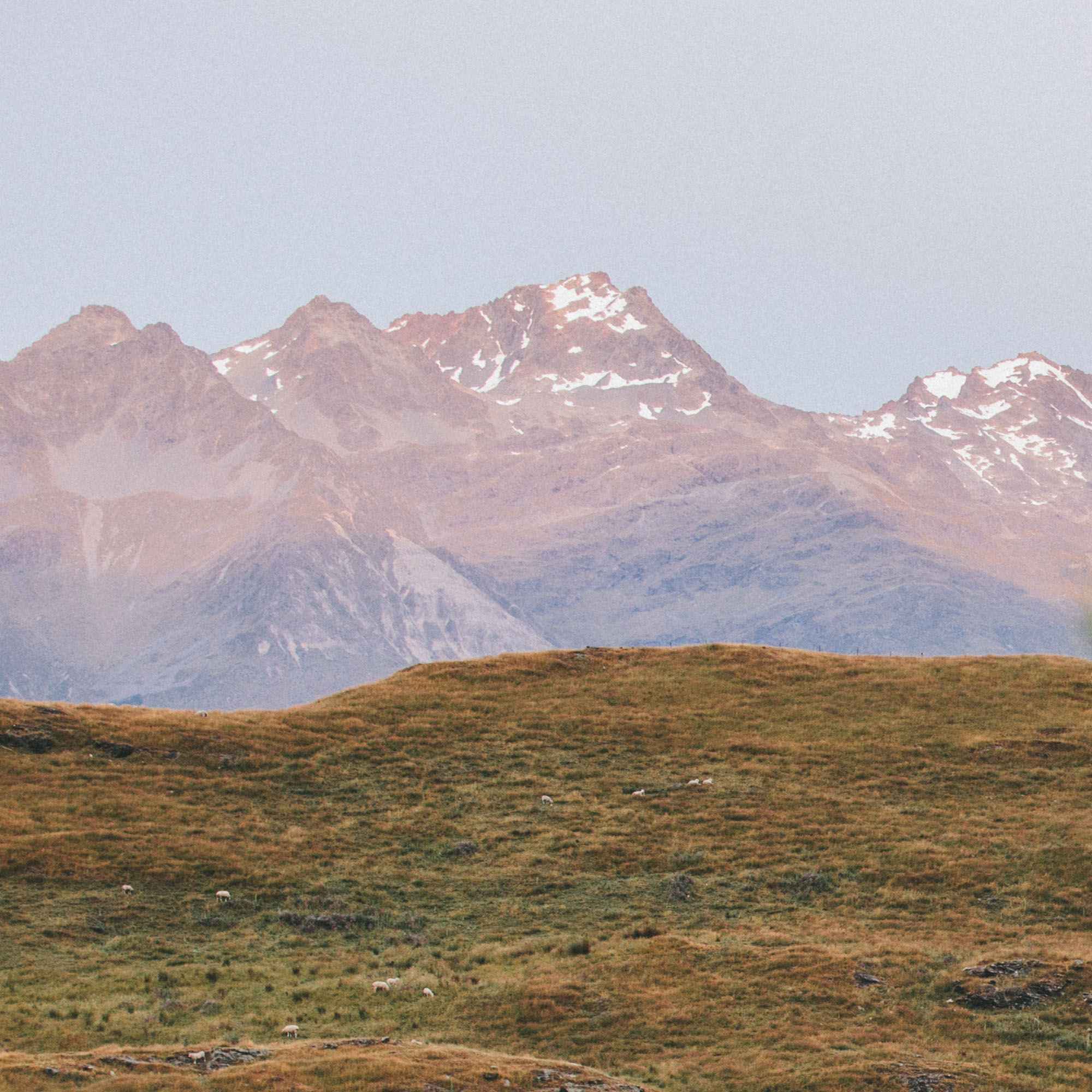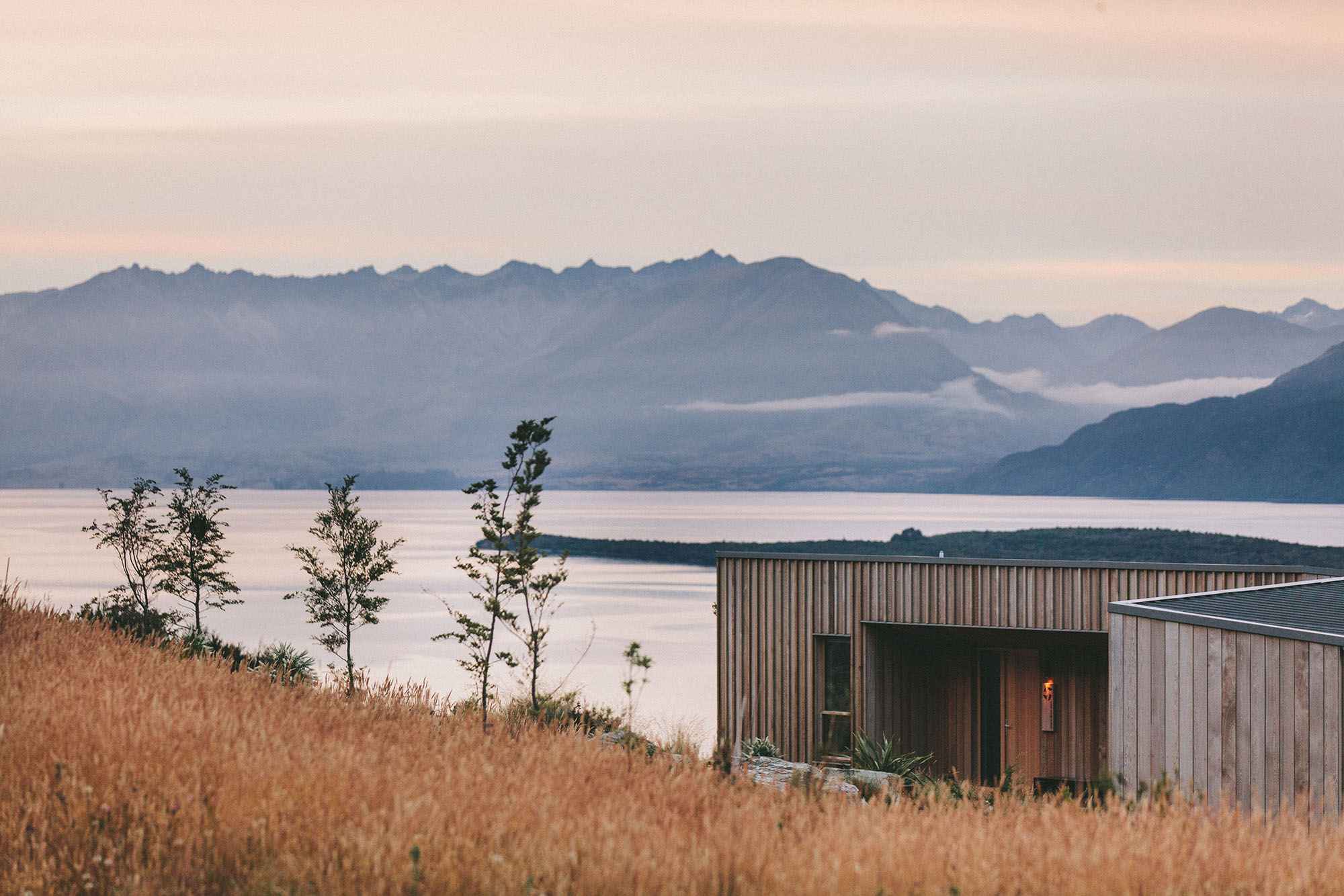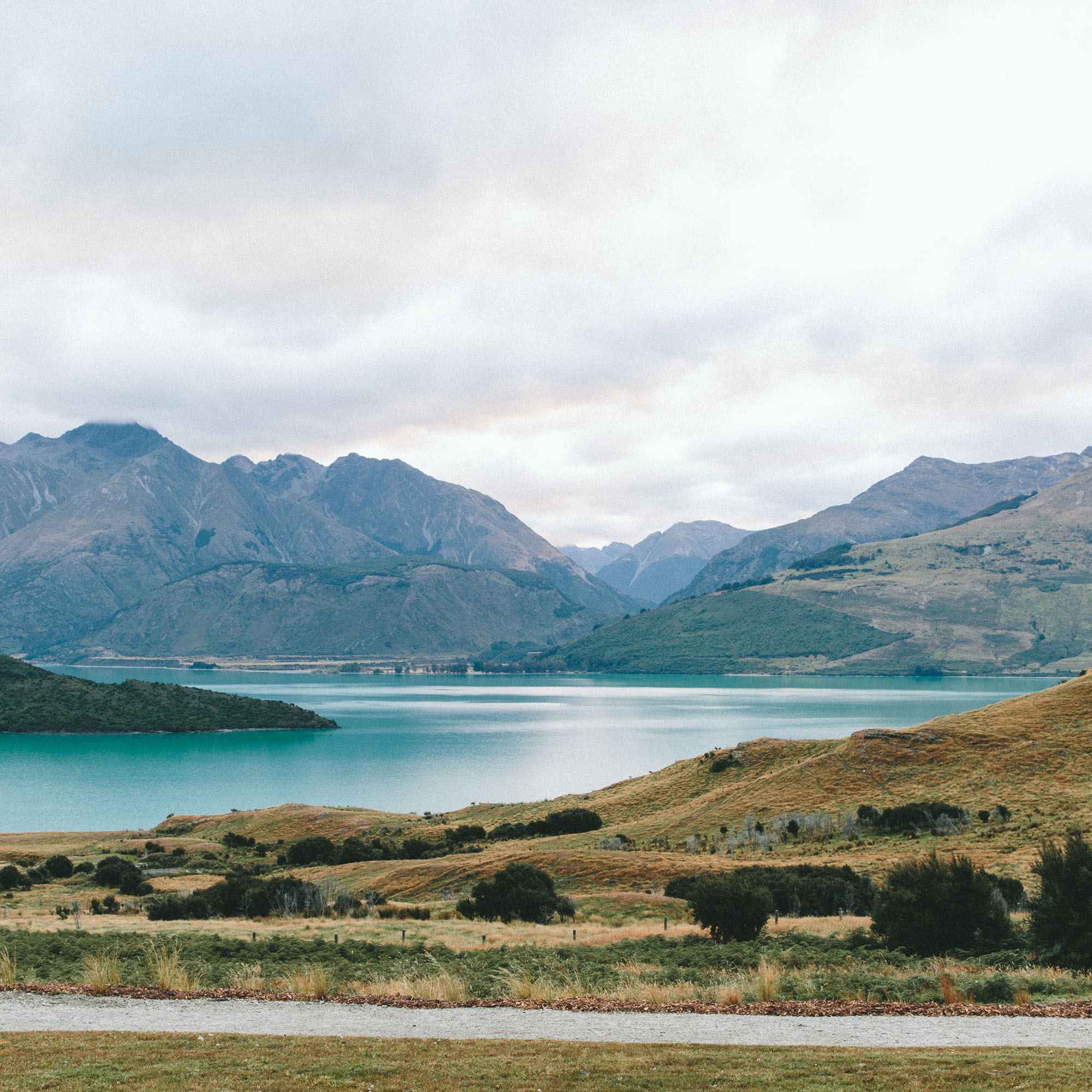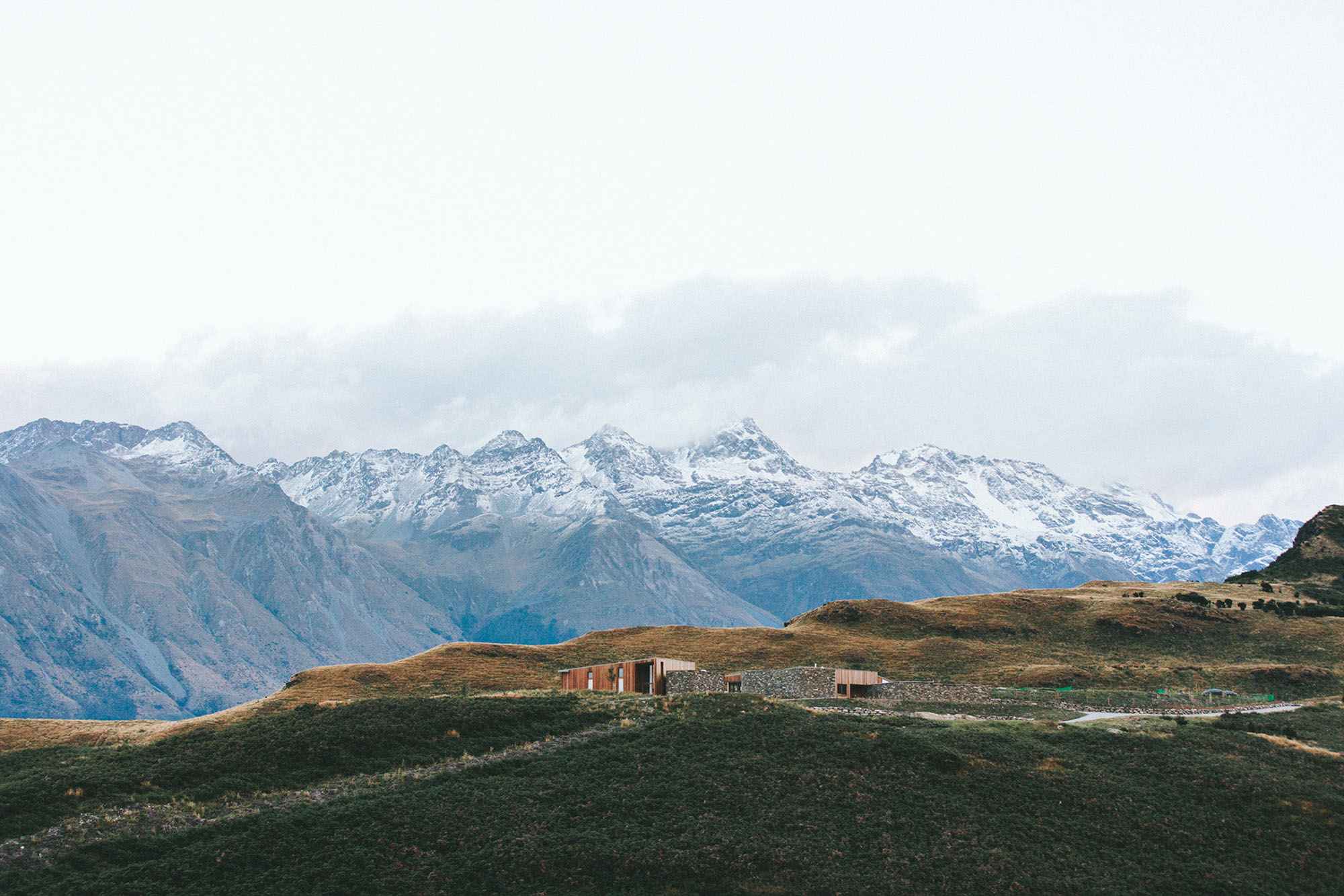Von der Vogelwaide
This is our second vintage to arrive from the impressive, kindly partners of Daniel Vogelwaid and Michael Donabaum, a young duo who have designs on re-interpreting some precious old parcels and vineyards in the Wachau. Indeed, after only a few vintages, they’re already successfully showing that this historical wine valley doesn’t have to be only deeply aristocratic domaines and intensely extracted, powerful, high-alcohol dry Grüners and Rieslings.
That said, Michael is in fact a son of this storied and aristocratic appellation. His family has been making wine and tending vines here for generations—Michael grew up in the family winery and attended viticulture school in Krems. (He’s also studied design and has a great eye for aesthetics, which you’ll note on the wine labels and on the Vogelwaide website.) But Michael’s hope has very much been to do something that pulls back from the more intense, fancier domaines and traditions, hoping to find a bit of new ideas and open-mindedness for his home.
That’s where his partner Daniel comes in, who’s originally from Stuttgart and worked for a remarkable number of serious wineries in France before settling with Michael in his home area of Spitz in the Wachau. (The places where Daniel learned winemaking, for reference, are: Domaine de l’Horizon in the Roussillon, Comte Lafon in Burgundy, Château Palmer in Bordeaux, and Jean-Louis Chave in the Rhône.)
Together—and initially with particular neighborly help from Michael’s grandmother—Daniel and Michael have pieced together multiple long-term leases on roughly 2.5ha of tiny old-vine parcels, many on superior soils of primary rock, loess, and gneiss. The duo are particularly interested in the steep, old-vine stuff for which the valley is famous, especially with the very mineral inflection loess gives to some of their best parcels. These are very, very difficult parcels to work, and the two of them do all of this by hand each year – there are no other employees; the work is done entirely by them from winter to harvest to ferment and cellar.
The winemaking, of course, should be mentioned; it’s obviously not northern Austrian in inflection and draws as much from more elegant natural wines as it does classical French winemaking; there are bottlings which are slightly more experimental and bottlings which are nods toward some of the greatness that white varieties can achieve in these special old vineyards, if only one steers away from sugar, power, and extract, instead toward acidity, delicacy of texture, and a balance between reduction and oxygen. Ferments are in stainless steel for the easier / introductory cuvées, but the heart of the work at the domaine is all done in neutral French barriques and demi-muids. Daniel’s especially interested in full lees aging, refinement of texture, and length on the palate, so the wines remind us a bit of other wineries we love, like Enric Soler in the Penedès or Wasenhaus in Baden.
This current release is some of the best wines we’ve yet seen from Vogelwaide: open, clear, and precise, but with beautiful body and texture. They’re a totally new story for the Wachau, and we’re excited to represent them and share them with New York.


